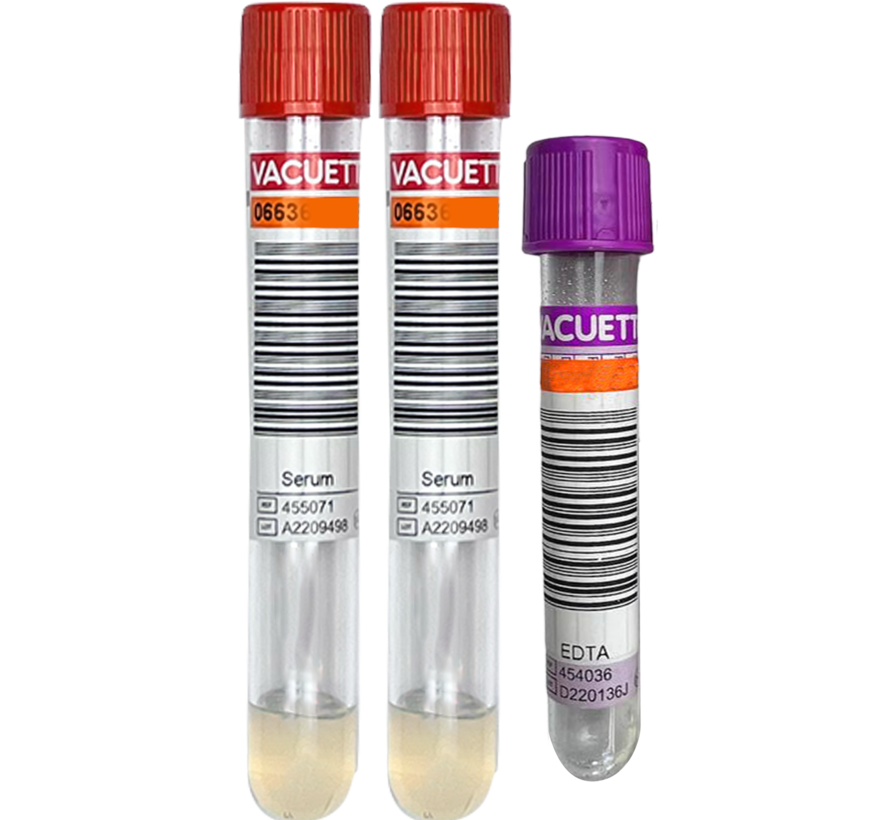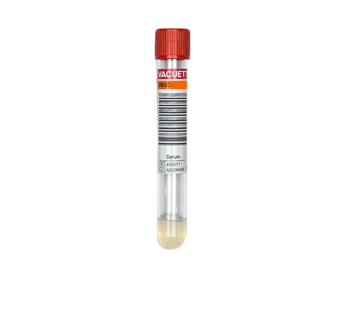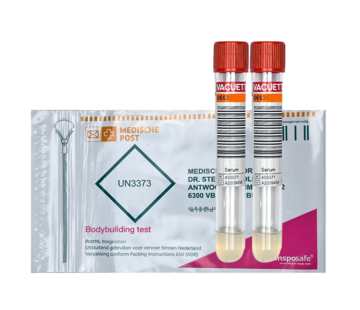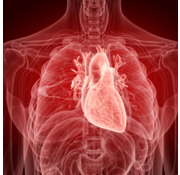Cardiovascular diseases with Lp(a) and B
This test is used to estimate the risk of cardiovascular disease.
The following tests are performed:
- Cholesterol - the biggest contributor to cardiovascular disease
- Splitting of HDL and LDL cholesterol - Cholesterol is made up of good cholesterol (HDL) and bad cholesterol (LDL)
- Cholesterol/HDL ratio
- LDL/HDL risk index
- Triglycerides - Incorporated fat content
- Small blood count
- Hs-CRP - To predict in healthy individuals whether there is an increased risk of developing cardiovascular disease
- Lipoprotein(a) or LP(a) called
- Apolipoprotein A2
- Apolipoprotein A1
- Apolipoprotein B
Cholesterol
Cholesterol plays an important role in the body in building tissues and organs and in the production of certain hormones and bile acids. A small part of all cholesterol is found in the blood in the form of fat particles, so-called lipoproteins. The desired amount of cholesterol is 5.0 mmol/l or lower. Here the risk of cardiovascular disease is not increased. With a cholesterol between 5 mmol/l and 6.5 mmol/l, the risk of cardiovascular disease is slightly increased. A cholesterol above 6.5 mmol/l increases the risk of cardiovascular disease. Based on a lipid profile and other tests, the cause of the high cholesterol can be further investigated.
HDL and LDL cholesterol
Cholesterol is formed in the liver. 70-80% of LDL is absorbed in the liver, adrenal glands, and gonads (testes and ovaries). The LDL that remains in the bloodstream is eventually taken up by cells that can cause vascular wall fatigue. LDL cholesterol is also called bad cholesterol because too much LDL increases the risk of heart attack.
HDL provides transport of "excess" cholesterol from cells back to the liver (reversed cholesterol transport). HDL is formed in the liver, after which it enters the blood circulation and absorbs cholesterol from cells. Cholesterol is removed from HDL in the liver. In the liver, cholesterol can be removed from the body with the bile. HDL is also called good cholesterol, because an increased concentration of HDL is associated with a reduction in the incidence of cardiovascular disease. The role of HDL is more complex, it also plays a role in inflammation, infection and more processes.
Cholesterol ratio
In general, one can remember the 3-4-5 rule. The LDL cholesterol lower than 3, the cholesterol ratio lower than 4 ( you divide your result total cholesterol by the result HDL) and total cholesterol lower than 5.
Triglycerides
The test measures the amount of triglycerides in blood. Triglycerides form the fat supply in the body and are mostly stored in fat tissue. Part of the triglycerides circulate in the blood to provide fuel for the muscles. After a meal, blood contains more triglycerides because they are then transported from the intestine (food intake) to the adipose tissue (fat storage). Therefore, the determination of triglycerides should only be performed if a meal has not been consumed shortly before.
Hs-CRP
To predict in healthy individuals whether there is an increased risk of developing cardiovascular disease. As a test for the risk of cardiovascular disease, a more sensitive determination of CRP is used: hs-CRP (hs = high sensitive).
In addition to the usual CRP assay, an ultrasensitive CRP assay, hs-CRP high sensitive CRP or C-reactive protein (CRP), ultra-sensitive, has also come onto the market, which can demonstrate very low-grade inflammatory reactions. Several recent studies have shown that the hs-CRP, particularly when determined in combination with total cholesterol and HDL cholesterol, is a strong predictor of future coronary disease in apparently healthy individuals. This study was conducted because it is suspected that low-grade, chronic inflammation plays an important role in the process of arteriosclerosis.
Lipoprotein(a
)
In
recent years, Lp(a) has been increasingly highlighted as an important risk factor for myocardial infarction, probably genetically determined. Lp(a) is not affected by diet, lifestyle or medication. It is therefore a good indicator in young people to predict the long-term risk of cardiovascular disease. Lp(a) is decreased in liver disease and alcoholism.
It is assumed that a value of Lp(a) higher than 300 mg/l, without other lipoprotein abnormalities, doubles the risk of myocardial infarction. If LDL also rises, the risk is even five times higher.
For estimating the risk of myocardial infarction the determination of cholesterol, HDL cholesterol, LDL cholesterol and Lipoprotein(a) are important. Determination of triglycerides is especially important to assess the nutritional status, the effect of any underlying diseases, such as pancreatitis (inflammation of the pancreas).
Apolipoprotein A1
Apolipoprotein A1 (apo A1) is an important protein involved in lipid metabolism, particularly cholesterol transport. Important aspects of apolipoprotein A1 are: Apo A1 is the main protein component of the so-called high-density lipoprotein (HDL), it plays an essential role in promoting reverse cholesterol transport (RCT), it has protective effects against atherosclerosis and it has anti-inflammatory properties.
Apolipoprotein A2
Apolipoprotein A2 (apo A2) is another member of the apolipoprotein family, as is apo A1. Like apo A1, apo A2 is involved in lipid metabolism and plays a role in cholesterol transport, but it is primarily associated with lipoprotein particles called high-density lipoproteins (HDL). Some characteristics and functions of apolipoprotein A2: Beneficial effects on cholesterol metabolism, plays a role in transporting cholesterol in the bloodstream and it is involved in the activation of LPL (lipoprotein lipase), an enzyme involved in the hydrolysis of triglycerides into lipoproteins. This process is important for the release of free fatty acids, which can then be used by tissues as a source of energy.
Apolipoprotein B
Apolipoprotein B (apo B) is primarily associated with lipoproteins known as "low-density lipoproteins" (LDL) and "very low-density lipoproteins" (VLDL). LDL is often considered "bad cholesterol" because it is associated with the buildup of cholesterol in the vessel walls, which can lead to atherosclerosis and cardiovascular disease.
Some important features and functions of apolipoprotein B are: Main role in LDL and VLDL, cholesterol transport, is associated with the riskio of cardiovascular disease. High levels of apo B, especially in relation to apo A1 (the apo B/A1 ratio), are considered a risk factor for atherosclerosis. Apo B is involved in the recognition of LDL particles and the transport of triglycerides in VLDL particles.
Measuring the level of apo B in the blood may be a useful marker for estimating the risk of cardiovascular disease. High levels of apo B, especially compared with apo A1, may indicate an unfavorable lipid profile and an increased risk of atherosclerosis. It is important to note that assessing multiple lipid parameters together with other risk factors allows for a more comprehensive evaluation of cardiovascular risk.
Mind you, there are more factors beyond the above-mentioned tests that increase the risk of cardiovascular disease: smoking, obesity, alcohol, heredity, lack of exercise, etc. So a good test result is not a free pass.











